ABR, Inc. — Environmental Research and Services
http://www.abrinc.com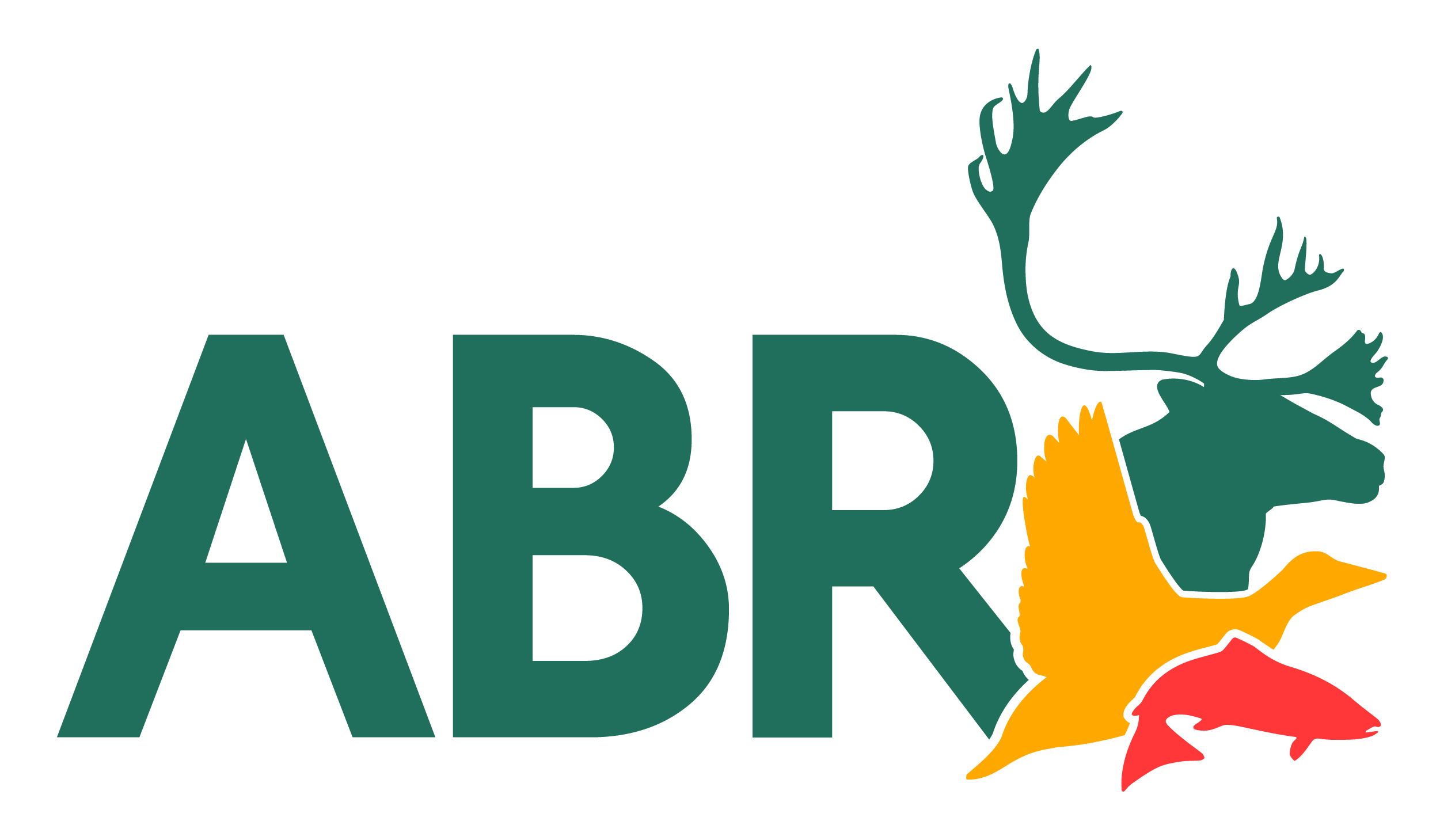
Founded in Fairbanks, Alaska in 1976, ABR provides biological and ecological consulting services across Alaska, in Hawaii, and in the Lower 48. Through our rigorous and reliable scientific research, effective project management, and strong safety programs, we have distinguished ourselves as a premier environmental services company. We maintain offices in both Fairbanks and Anchorage and offer science-based consulting services to a diverse array of private and public sector clients. ABR is a triple bottom line company which means that in pursuit of our organizational mission—to provide transparent scientific research and exceptional client care—we maintain three measures of success: economic viability, environmental stewardship, and social responsibility.
Primary Representative
Adrian Gall Alternate Representative
Gerald Frost Alaska Ocean Observing System
http://www.aoos.org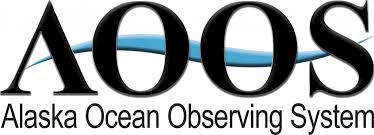
AOOS is one of eleven regional associations around the US. We facilitate coordination between agencies collecting ocean observational information and fund research projects aimed at filling key gaps in coverage in the Alaska region. We also provide the public with a wide variety of ocean observational data and data products through an interactive, map based data portal on our website at AOOS.org.
Primary Representative
Sheyna Wisdom Alternate Representative
Holly Kent Arctic Centre, University of Lapland
http://www.arcticcentre.org/EN
The Arctic Centre, University of Lapland is Finland’s national institute for Arctic expertise. It is based at the University of Lapland, the northernmost university in Finland and the EU, and is located in the Arktikum building by the Ounasjoki river in Rovaniemi near the Arctic Circle. The Arctic Centre is internationally recognized for the quality and relevance of its multidisciplinary Arctic research. It combines research with active science communication and it runs an Arctic science centre. Through this combination, the Arctic Centre promotes increased knowledge, awareness and understanding of the Arctic both within and outside the region. The Arctic Centre research and outreach activities support decision-making and sustainable development in the Arctic. The multidisciplinary research at the Arctic Centre focuses on the interaction between man and the nature. The research builds new multidisciplinary and interdisciplinary practices between natural and social environmental research. The Northern Institute for Environmental and Minority Law (NIEM) carries out research in environmental law and human rights law. Other research groups focus on global change, Arctic anthropology, Northern political economy and Arctic governance.
Primary Representative
Johanna Ikävalko Alternate Representative
Timo Koivurova Arizona State University
http://www.asu.edu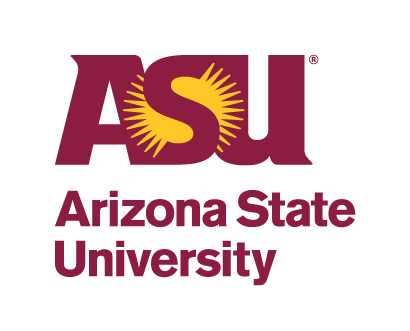
Arizona State University has developed a new model for the American Research University, creating an institution that is committed to excellence, access and impact. ASU measures itself by those it includes, not by those it excludes, and pursues research that contributes to the public good. ASU has created a vibrant environment of discovery, interdisciplinary research and innovation focused on solving society’s greatest challenges and has become one of the fastest growing research enterprises in the U.S., with research expenditures nearly tripling over the last decade. In addition to advancing research, ASU trains and supports entrepreneurs, leads in community economic development activities, engages with corporate partners and international development agencies, and facilitates technology transfer.
Primary Representative
Shauna BurnSilver Alternate Representative
Stephanie Pfirman Cold Climate Housing Research Center
http://www.cchrc.org
The Cold Climate Housing Research Center (CCHRC), founded in 1999 in Fairbanks, Alaska, is an industry-based, nonprofit corporation created to facilitate the development, use, and testing of energy-efficient, durable, healthy, and cost-effective building technologies for people living in circumpolar regions around the globe. CCHRC addresses all facets of housing, including research, homeowner education, and workforce development. The organization also collaborates closely with rural communities to create climate-resilient housing plans. Committed to community-driven change, CCHRC works to advance healthy, durable, and sustainable living environments.
Primary Representative
Mindy O'Neall Dartmouth College
https://dickey.dartmouth.edu/environment
Founded in 1769, Dartmouth is a member of the Ivy League and home to a celebrated liberal arts curriculum and pioneering professional schools that prepare leaders through an inspirational learning experience. Dartmouth has a strong sense of place that encourages lasting bonds between people and the natural environment. Dartmouth's Institute of Arctic Studies at the Dickey Center for International Understanding is home to national and international climate and polar initiatives.
Primary Representative
Melody Brown Burkins Kawerak, Inc.
http://www.kawerak.org
The Bering Straits Native Association (BSNA) was formed in 1967 as an association of the Native Villages in the Bering Straits Region. The Association was created to advocate for the passage of a Native Land Claims bill. During this time, BSNA received their first grant from the Office of Economic Opportunity within the Johnson Administration. After the passage of the Alaska Native Claims Settlement Act in 1971, BSNA organized Kawerak as the regional non-profit corporation (incorporated under State Law in 1973) to provide services throughout the Bering Straits Region. Today, Kawerak contracts with the state and federal government to provide services to residents of the Bering Strait Region, 75% of whom are Alaska Native Inupiat, Yup’ik, and St. Lawrence Island Yupik peoples. Kawerak’s organizational goal is to assist Alaska Native people and their governing bodies to take control of their future. With programs ranging from education to transportation, and natural resource management to economic development, Kawerak seeks to improve the Region’s social, economic, educational, cultural and political conditions. Kawerak is governed by a Board of Directors comprised of the president (or designee) of the IRA or Traditional Councils, two Elder representatives and a representative from the regional health care provider.
Primary Representative
Melanie Bahnke Alternate Representative
Julie Raymond-Yakoubian National Renewable Energy Laboratory
https://www.nrel.gov
The National Renewable Energy Laboratory (NREL) works with all kinds of communities to co-create answers to today's energy challenges. From breakthroughs in fundamental science to new clean energy technologies to integrated energy systems that power our lives, NREL researchers are transforming how the nation and the world use energy. In 2020, the Cold Climate Housing Research Center in Fairbanks, Alaska, joined NREL to advance energy efficiency and renewable energy in extreme climates, address Arctic and climate-threatened communities, and expand NREL's wealth of experience in building technologies. Working in the farthest-north LEED Platinum building in the world, NREL's Alaska Campus showcases clean energy technologies such as solar, geothermal, air source heat pumps, biomass, and thermal storage. Alaska's extreme climate—combined with its remote communities, lack of infrastructure, and abundant renewable resources—offers tremendous opportunities to solve the sustainability challenges faced by the rest of the world. Programs at NREL's Alaska Campus include building science and clean energy research, sustainable home design, and social and economic research. Researchers work hand in hand with local and Indigenous people to ensure place-based knowledge is incorporated into these technologies.
Primary Representative
Aaron Cooke Alternate Representative
Georgina Davis NOAA Global Monitoring Laboratory
https://gml.noaa.gov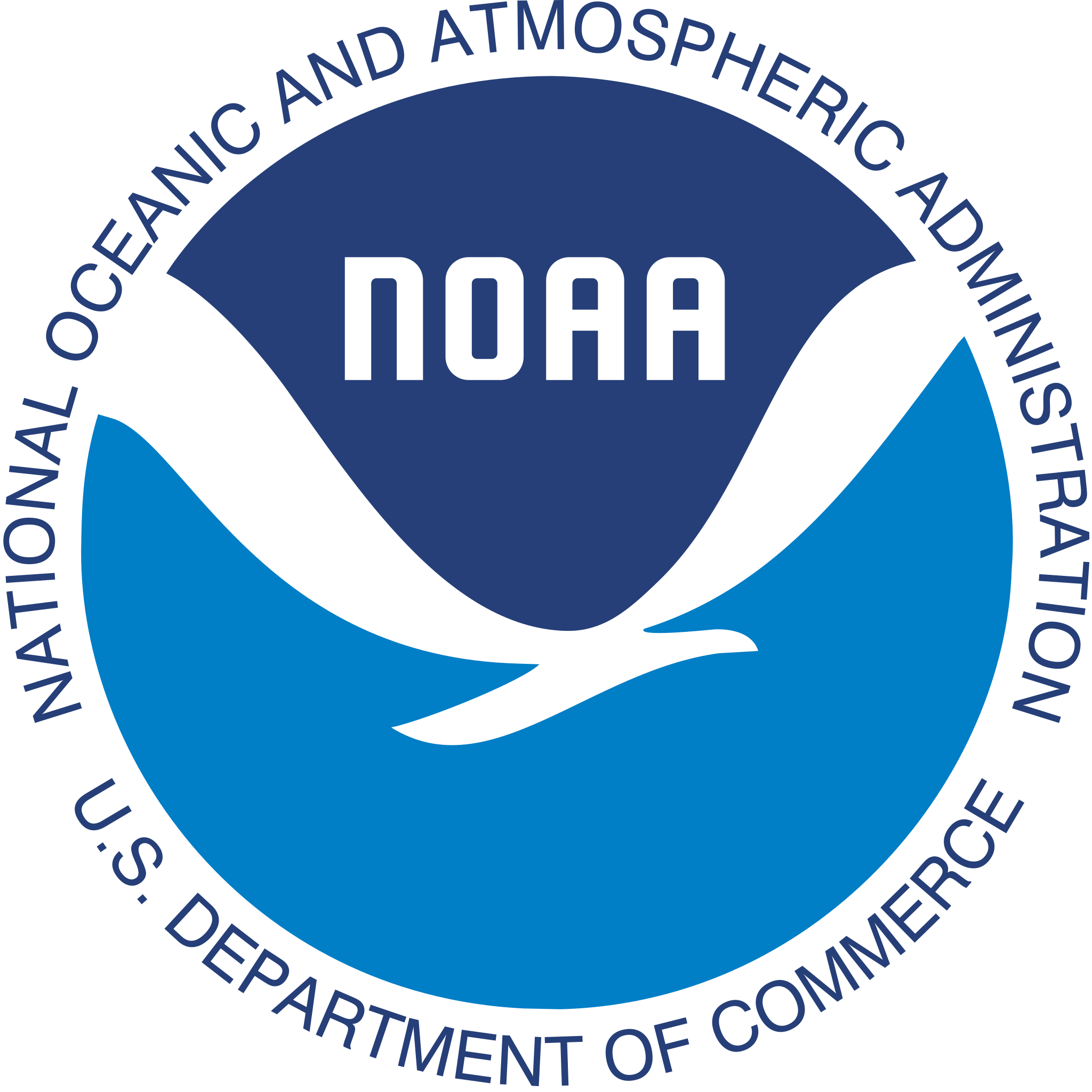
The National Oceanic and Atmospheric Administration's Global Monitoring Laboratory (NOAA/GML) acquires and analyzes long-term global atmospheric datasets to address three major challenges: greenhouse gas and carbon cycle feedback; changes in clouds, aerosols, and surface radiation; and recovery of stratospheric ozone. The international observing networks NOAA/GML operate extend from the high Arctic to the South Pole. NOAA/GML operates four atmospheric baseline observatories in remote locations around the globe to study the well-mixed background state of the atmosphere. These locations include Utqiagvik, AK; Mauna Loa, Hawaii; Cape Matatula, American Samoa; and South Pole, Antarctica. The Barrow Atmospheric Baseline Observatory, located just outside of Utqiagvik, was recently replaced with a larger, state-of-the-art, LEED-certified facility designed to support a broad range of cross-disciplinary Arctic science and collaboration.
Primary Representative
Christine Smith Alternate Representative
Sara Morris Rutgers University
http://www.rutgers.edu
Rutgers, The State University of New Jersey, is a leading national research university and the state of New Jersey’s preeminent, comprehensive public institution of higher education. Established in 1766, the university is the eighth oldest higher education institution in the United States. Nearly 69,000 students and 22,000 full- and part-time faculty and staff learn, work, and serve the public at Rutgers locations across New Jersey and around the world.
Primary Representative
Asa Rennermalm Sandia National Laboratories
http://www.sandia.gov
Sandia National Laboratories is operated and managed by Sandia Corporation, a wholly owned subsidiary of Lockheed Martin Corporation. Sandia Corporation operates Sandia National Laboratories as a contractor for the U.S. Department of Energy’s National Nuclear Security Administration (NNSA) and supports numerous federal, state, and local government agencies, companies, and organizations. As a Federally Funded Research and Development Center (FFRDC), Sandia may perform work for industry responding to certain types of federal government solicitations. The solicitation must allow FFRDC participation and meet the requirements of Sandia's management and operating contract with DOE/NNSA. A strong science, technology, and engineering foundation enables Sandia's mission through a capable research staff working at the forefront of innovation, collaborative research with universities and companies, and discretionary research projects with significant potential impact
Primary Representative
Andrew Glen Alternate Representative
Joshua Stein Sitka Sound Science Center
https://sitkascience.org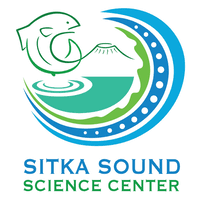
Sitka Sound Science Center (SSSC), located in Sitka, Alaska, is a non-profit organization dedicated to increasing understanding and awareness of terrestrial and aquatic ecosystems of Alaska through education and research. Since its inception in 2007, SSSC has developed strong community, state, and national partnerships and created significant educational and research opportunities. As a biological field station, connected to both the Organization for Biological Field Stations and the National Association of Marine Laboratories, SSSCs collaborative research includes work on salmon, marine mammal/commercial fisheries interactions, ocean acidification, geophysical studies, landslides, bioacoustics, abalone, and kelp. SSSC has a formal partnership with the University of Alaska Southeast Fisheries Technology Program which utilizes the center’s hatchery to train students in aquaculture and fisheries management. SSSC facilitates field courses for several colleges outside of Alaska including Stanford, University of Exeter, John Hopkins, Williams College, University of California Santa Cruz, and the University of San Francisco.
Primary Representative
Arleigh Reynolds Alternate Representative
Nagham Sabah Syracuse University Department of Earth and Environmental Sciences
https://artsandsciences.syracuse.edu/earth-sciences-department/
Founded in 1870, Syracuse University aspires to be a preeminent and inclusive student-focused research university, preparing engaged citizens, scholars, and leaders for participation in a changing global society. The mission of the Department of Earth and Environmental Sciences at Syracuse University is to advance our understanding of Earth processes through cutting-edge research at the forefront of the discipline. We aim to pursue interdisciplinary scientific research that is nationally and internationally recognized and addresses the most challenging scientific and societal needs. Our faculty and students engage in research within the Arctic, conducting fieldwork in the high north from Greenland to Alaska and beyond, to understand the Arctic from paleo to modern day perspectives. Department specializations use a variety of methods (field, lab, modeling, and remote sensing) to study a broad set of Arctic Processes that range from paleoecologic climate and environmental reconstructions of tundra and boreal forests in the Arctic, to permafrost hydrology, hydroclimatology and snow science, to glacial hydrology and ice dynamics of glaciers and the Greenland Ice Sheet.
Primary Representative
Jessica Mejia Alternate Representative
Melissa Chipman Texas A&M University, College Station
https://www.tamu.edu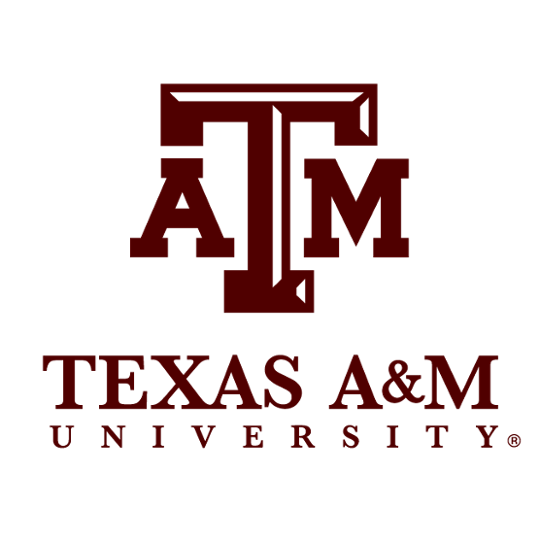
Texas A&M opened its doors in 1876 as the state's first public institution of higher learning. Today, we stand as a research-intensive flagship university dedicated to sending Aggie leaders out into the world prepared to take on the challenges of tomorrow. Texas A&M looks to lead by example in everything we do. Our aim is to set the standard as the world-class university of the future by combining knowledge, research, and innovation to create solutions that few institutions have the depth and breadth to achieve.
Primary Representative
David Cairns The George Washington University
https://www.gwu.edu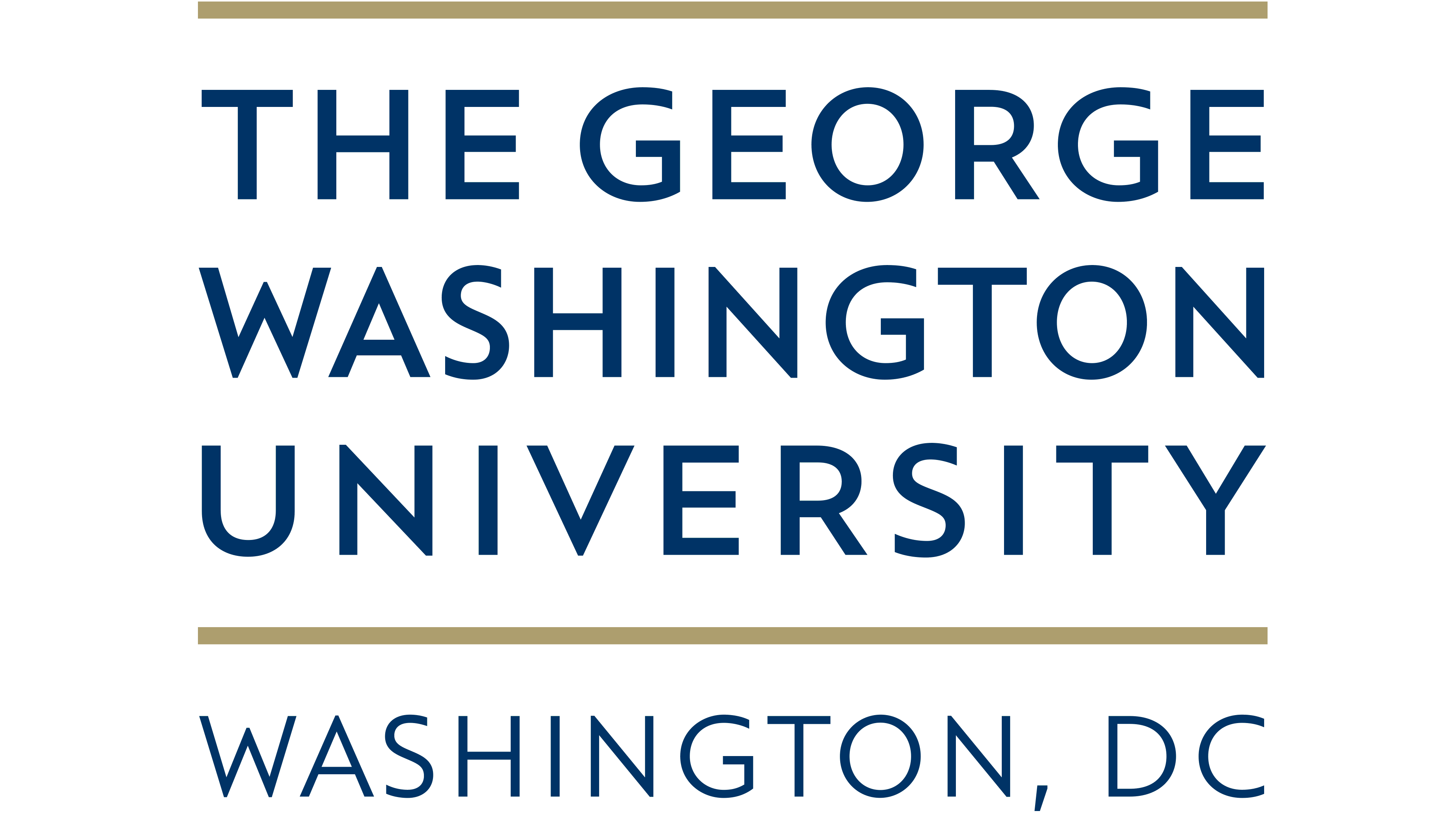
The Arctic Program at the Institute for European, Russian, and Eurasian Studies consists of multiple research initiatives dedicated to the study of the Arctic and its changing climatic, economic, and social conditions. These initiatives bring together scholars, scientists, and students, not only from across the George Washington University, but from partner universities and institutions from around the world. With support from sponsors including the National Science Foundation, the Belmont Forum, and the Ministry of Foreign Affairs of Norway, these international coalitions stand at the forefront of better understanding this diverse region, the convergent challenges it faces, and providing high quality research to local and international policymakers.
Primary Representative
Robert Orttung Alternate Representative
Dmitry Streletskiy U.S. Arctic Research Commission
https://www.arctic.gov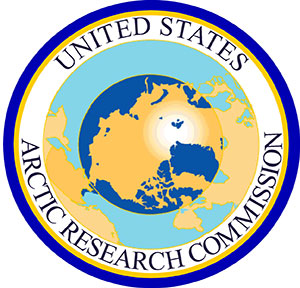
By law, the US Congress created the United States Arctic Research Commission through the Arctic Research and Policy Act of 1984 (as amended, Public Law 101-609) and in January 1985, President Reagan established the agency through Executive Order 12501. The Commission’s principal duties are (1) to establish the national policy, priorities, and goals necessary to construct a federal program plan for basic and applied scientific research with respect to the Arctic, including natural resources and materials, physical, biological and health sciences, and social and behavioral sciences; (2) to promote Arctic research, to recommend Arctic research policy, and to communicate our research and policy recommendations to the President and the Congress; (3) to work with the National Science and Technology Council (as per Presidential Memorandum and White House guidance) and the National Science Foundation as the lead agency responsible for implementing the Arctic research policy and to support cooperation and collaboration throughout the Federal Government; (4) to give guidance to the Interagency Arctic Research Policy Committee (IARPC) to develop national Arctic research projects and a five-year plan to implement those projects; and (5) to interact with Arctic residents, international Arctic research programs and organizations and local institutions including regional governments in order to obtain the broadest possible view of Arctic research needs.
Primary Representative
Cheryl Rosa Alternate Representative
John Farrell U.S. Association of Polar Early Career Scientists
https://usapecs.wixsite.com/usapecs
The United States Association of Polar Early Career Scientists (USAPECS) is an interdisciplinary arm of APECS based in the United States. We are an organization for undergraduate students, graduate students, postdoctoral researchers, early career faculty members, early career professionals, educators and others with interests in Polar and Alpine regions and the wider cryosphere. USAPECS Goals and Objectives: USAPECS' goals include creating opportunities for the development of innovative, international, and interdisciplinary collaborations among current early career polar researchers from the United States as well as recruiting, retaining and promoting the next generation of polar enthusiasts. Specifically we aim to: * Create a network of interdisciplinary polar researchers across the Country to meet, share ideas and experiences, and develop new research directions and collaborations * Provide the opportunity for career development for future Academic, Industry, Education, and other polar and cryosphere professionals * Promote education and outreach as an integral component of polar research and to foster passion for polar environments in the future generation of polar researchers
Primary Representative
Mohammad Shadab Alternate Representative
Lavanya Ashokkumar U.S. Permafrost Association
https://uspermafrost.org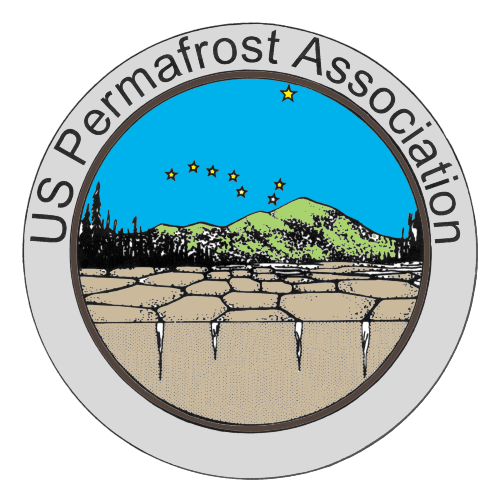
The purpose of the USPA is to encourage scientific and engineering investigations in permafrost and related topics and to disseminate results related to permafrost research. The position of the USPA is to encourage sharing knowledge and data in permafrost science. The USPA specifically promotes awareness of permafrost among the public and training of new generations of scientists and engineers to work in fields related to permafrost science and engineering. The USPA cooperates in sponsoring the International Conferences on Permafrost and co-sponsors other support activities and meetings. We have been working to form a strong national organization of scientists and engineers interested in permafrost research. The International Permafrost Association (IPA) hosts an International Permafrost Conference every four years. The USPA strives to contribute to IPA activities and is well-represented in national and international meetings where issues related to permafrost are discussed. Permafrost is an important component of the hydrosphere, biosphere and cryosphere and we need to educate the public in understanding its importance while we work to better understand how permafrost terrain continues to be influenced by natural and human disturbances.
Primary Representative
Ming Xiao Alternate Representative
Victoria Herrmann University of Alaska Anchorage
https://www.uaa.alaska.edu
The mission of the University of Alaska Anchorage is to discover and disseminate knowledge through teaching, research, engagement, and creative expression. Located in Anchorage and on community campuses in Southcentral Alaska, UAA is committed to serving the higher education needs of the state, its communities, and its diverse peoples. The University of Alaska Anchorage is an open-access university with academic programs leading to occupational endorsements; undergraduate and graduate certificates; and associate, baccalaureate and graduate degrees in a rich, diverse and inclusive environment.
Primary Representative
Marie Lowe Alternate Representative
Thomas Ravens University of Alaska Fairbanks
https://www.uaf.edu
The University of Alaska Fairbanks, the nation's northernmost Land, Sea and Space Grant university and international research center, advances and disseminates knowledge through teaching, research and public service with an emphasis on Alaska, the circumpolar North and their diverse peoples. UAF—America's arctic university—promotes academic excellence, student success and lifelong learning.
Primary Representative
Nettie La Belle-Hamer Alternate Representative
Peter Webley University of Alaska Southeast
http://www.uas.alaska.edu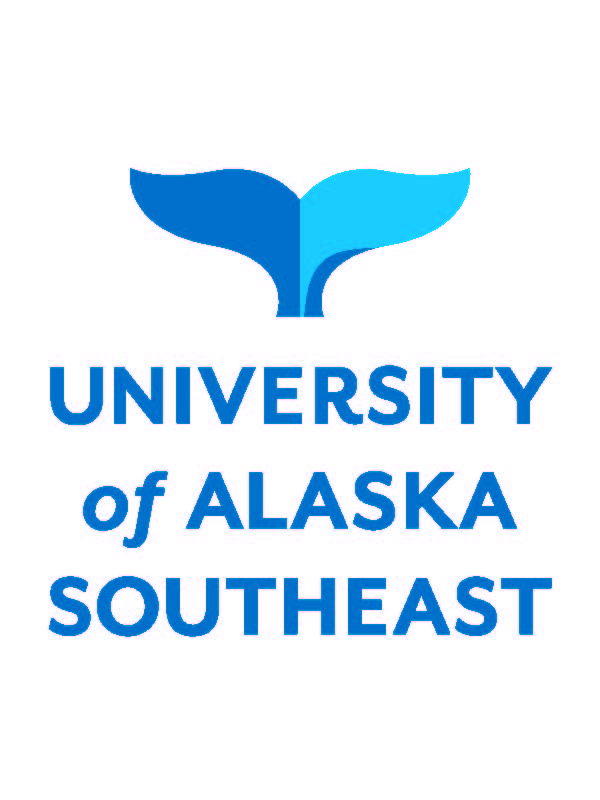
The University of Alaska Southeast is a student-centered university that provides instruction in liberal arts, professional, and technical fields. On the homelands of the Tlingit, Haida, and Tsimshian peoples, we serve the coastal environments, cultures, economies, and communities of Alaska, through interdisciplinary education, workforce development, and scholarship, research, and creative activity. UAS has campuses in Juneau, Sitka, and Ketchikan. The UAS Juneau campus, located on Auke Bay, offers students residential housing and the campus life experience. UAS Sitka and Ketchikan campuses offer classrooms and specialized training facilities. UAS faculty and students engage in important research and creative activity with partners in Alaska and around the world. Although we are a small university, we seek to contribute in big ways to the understanding of the unique biocultural region we inhabit, including its premier coastal rainforest, majestic icefields, and glaciers, and rich marine ecosystems. You will find in our links to projects and publications studies on the Tongass National Forest, the Juneau Icefield, and the coastal waters of Southeast Alaska. Much of our environmental research is coordinated through the pioneering Alaska Coastal Rainforest Center, as well as our highly-respected Environmental Science, Marine Biology, and Fisheries programs. In addition, we support research on the economies, cultures, politics, and history of Alaska and other regions through our Social Science and Humanities departments. Our Humanities faculty produce original and award-winning poetry, essays, Alaska Native literature and linguistic studies, including our own literary journal, Tidal Echoes. Externally-funded projects also enable UAS to expand and diversify its base. Research grants and sponsored programs not only support the mission of UAS, but also create opportunities for undergraduate research, interdisciplinary scholarship and innovative engagements with local communities, economies, and environments in Southeast Alaska and beyond.
Primary Representative
Carin Silkaitis Alternate Representative
Charmaine Robinson University of Maine
https://umaine.edu/arctic/
The University of Maine has a long history of engagement in the Arctic and, more broadly, the high north, from Greenland to Canada to Alaska and beyond. Our faculty and students engage in the region to study and share information about the environment, engineering, human dimensions, and government policy. Additionally, we identify the impact of changes in the Arctic on Maine and the broader region. We perform field work, train, lead educational opportunities, model physical processes and economic impact, and consult. UMaine Arctic launched in 2018 in order to enhance collaboration within the campus community and with outside partners. We value diversity in disciplines and experiences, as we identify synergies and problems we address with greater impact by working together. These include: * Identifying the regional and global effect of Arctic processes * Helping New England prepare for the impact of changes in the Arctic * Facilitating exchanges among students, researchers, and policy makers * Providing Arctic-related educational opportunities for students at UMaine and beyond * Providing more efficient communication about issues and opportunities related to the Arctic and its global impact
Primary Representative
Kristin Schild Alternate Representative
Pips Veazey University of New Hampshire
https://marine.unh.edu/arctic
The University of New Hampshire (UNH), internationally recognized for strong discipline-specific Arctic research at a growing number of sites, is well positioned to become a leader in interdisciplinary pan-Arctic research and education. While UNH retains the character of a small liberal arts university, it boasts word-class research, providing ample opportunities for graduate and undergraduate Arctic field experiences both on land and at sea. UNH Arctic initiative encourages collaborations among disciplines in areas of research, education, and leadership, linking research strengths within: • Marine remote sensing and mapping of the ocean and sea floor, acoustics, the study of methane seeps, ocean acidification, and oil spill response. • Glaciology, snow photochemistry, atmospheric chemistry and transport, and paleoclimatology. • Arctic hydrology, permafrost and peatland carbon dynamics and permafrost microbiomes. • Seismic resilience of built infrastructure and social systems in a changing climate. • Social perspectives on Arctic ice melt and climate-linked migration and literature, arts and theater addressing knowledge and perceptions of the Arctic. • Space science and space-based remote sensing. The Convergent Arctic Research Perspectives and Education (CARPE) program promotes transformative graduate training where convergent scientific research and mutually-beneficial partnerships with Indigenous and local communities become the norm rather than the exception. The University of New Hampshire also currently coordinates the New England Arctic Network, fostering a community of researchers and partners striving to anticipate and respond to Arctic change and its impacts on the Eastern Coast of North America.
Primary Representative
Katharine Duderstadt Alternate Representative
Ruth Varner University of Southern Maine
https://usm.maine.edu
The University of Southern Maine (USM) has a strong history of engaging the greater community in responding to the state’s economic, health, and social needs. As part of the Maine North Atlantic Institute, we’ve established partnerships with businesses, higher education institutions, and research centers in New England and the North Atlantic. Through these strategic partnerships, we’ve launched research, workforce development, and education programs — including study abroad opportunities — that spur economic growth, address public health concerns, elevate cultural enterprises, and build students’ global competence. The economic, educational, and cultural opportunities which are being realized through Maine’s relationship with the North Atlantic region offer our students, faculty, and the communities we serve both an expanded marketplace as well as fertile ground for research and scholarship. With extensive experience in multiple academic disciplines, public policy, and law, our faculty and professional research staff offer businesses and institutions based in both Maine and the North Atlantic with training, research, and services they need to be competitive in areas such as: regulatory compliance, risk management, regulatory advocacy, public policy leadership, and maritime and oceans law. Through our North Atlantic Initiative, we are building our students’ cultural experience, developing a globally competent workforce, and advancing the state’s economy.
Primary Representative
Tracey Meagher Alternate Representative
Ross Hickey University of the Arctic
http://www.uarctic.org
The University of the Arctic (UArctic) is a cooperative network of universities, colleges, research institutes and other organizations concerned with education and research in and about the North. UArctic builds and strengthens collective resources and collaborative infrastructure that enables member institutions to better serve their constituents and their regions. Through cooperation in education, research and outreach we enhance human capacity in the North, promote viable communities and sustainable economies, and forge global partnerships.
Primary Representative
Diane Hirshberg Alternate Representative
Gunnar Stefansson University of Virginia
http://www.virginia.edu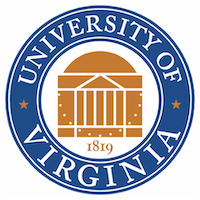
In 1819 Thomas Jefferson fulfilled his lifelong ambition to create a new and better institution of higher learning. The University of Virginia would prepare America's future leaders to protect their young democracy. It would facilitate open exchange between students and professors, unlock the potential of the nation's best and brightest minds, and encourage students and faculty to advance knowledge and break traditional boundaries. Nearly 200 years later the University continues this endless pursuit of better. As one of the top three U.S. public universities, we are committed to developing the full potential of talented students from all walks of life. Our enduring legacy of honor and student self-governance prepares tomorrow's leaders for the challenges they are sure to face. Our health system advances scientific discovery while providing first-rate patient care. And our rich academic resources--paired with our focus on cross-disciplinary collaboration--further what Jefferson described as "the illimitable freedom of the human mind.” UVA has recently formed the Arctic Research Center (UVAARC). This marks the beginning of a new platform for collaborative Arctic research at the University. Building on decades of Arctic-focused research, education, and outreach efforts—spanning environmental sciences, engineering, architecture, landscape architecture, social sciences, data sciences, art, and music—UVAARC brings together undergraduate and graduate students, postdocs, and faculty from four different schools across UVA, as well as a national and international network of colleagues and institutional collaborators. These collaborations include the recent formation of an Institutional Partnership with the US Army Corps of Engineers Cold Regions Research and Engineering Laboratory (CRREL) and a longstanding collaboration with the National Renewable Energy Laboratory (NREL) Cold Climate Housing Research Center (CCHRC) in Fairbanks, Alaska.
Primary Representative
Matthew Jull Alternate Representative
Howard Epstein Woods Hole Oceanographic Institution
http://www.whoi.edu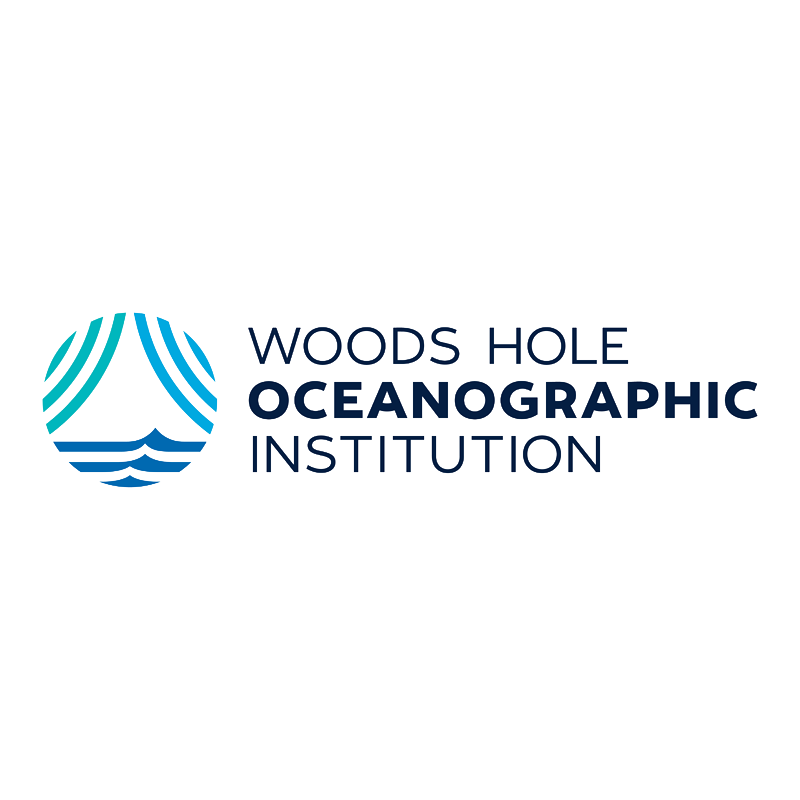
Woods Hole Oceanographic Institution is the world's leading, independent non-profit organization dedicated to ocean research, exploration, and education. Our scientists and engineers push the boundaries of knowledge about the ocean to reveal its impacts on our planet and our lives.
Primary Representative
Carin Ashjian Woodwell Climate Research Center
https://www.woodwellclimate.org
Woodwell Climate Research Center conducts science for solutions at the nexus of climate, people, and nature—solutions that are urgently needed to propel us toward a more equitable, healthy, and sustainable world. Originally founded as the Woods Hole Research Center in 1985, we have a track record of partnering with a global network of communities and leaders for just, meaningful impact to address the climate crisis.
Primary Representative
Max Holmes Alternate Representative
Anna Liljedahl World Wildlife Fund U.S. Arctic Program
https://www.arcticwwf.org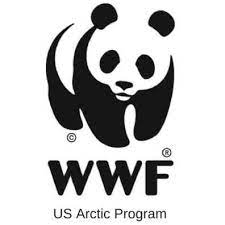
As the climate changes, Arctic ecosystems are under growing pressure from industry seeking to expand. Activities including oil development, mining, shipping and cruise tourism are often presented as potential pathways to economic development opportunities. While WWF works to ensure that this development is sustainable, we also work to make certain that economic growth is sustainable and conserves the Arctic’s unique places and species. WWF actively engages with numerous local, national and regional institutions responsible for governing various activities in the Arctic. This work includes the Arctic Council, the high-level intergovernmental forum on Arctic conservation and sustainable development. WWF has been an Observer since 1998. Our vision of a well-managed, biodiverse Arctic is one where key habitats, ecosystems and populations of priority species are shielded from the direct pressures of human activity. This means establishing a network of specially managed marine areas across the Arctic to protect marine life and help it adapt to changing conditions. WWF is also working for the implementation of effective management measures to complement these areas. In addition, WWF has a work stream dedicated to reducing the major threat to biodiversity in the Arctic—climate change.
Primary Representative
Alexis Will Alternate Representative
Stephanie Lee 